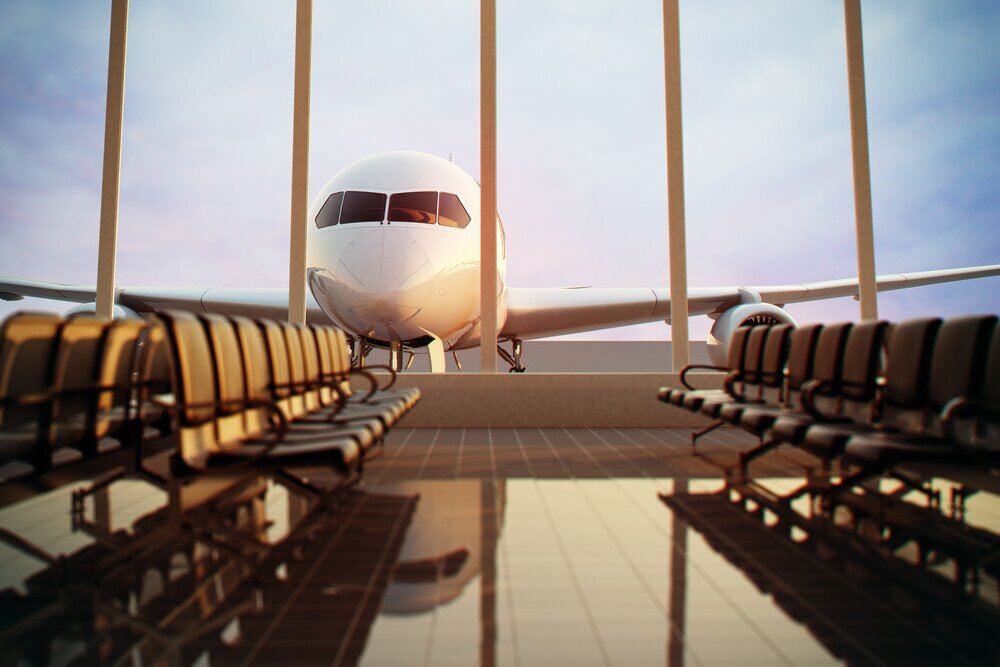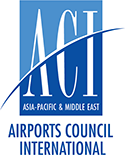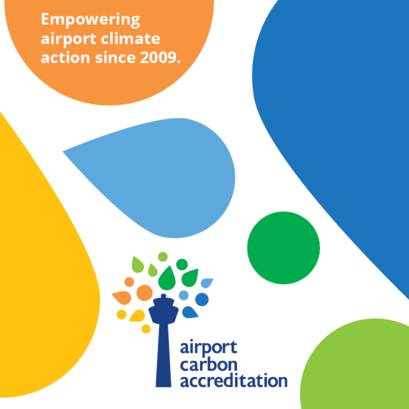Unleashing the Transformative Potential of ICT in the Aviation Industry
- 2023-12-15
Mr. Andy Bien, Chief Digital Officer (CDO) of Global Aviation, Huawei Technologies Co. shared his insights further on the technological development industry.

Health and hygiene focus: The industry will prioritize health and hygiene measures to reassure passengers that flying is safe. Enhanced cleaning procedures for planes and facilities, advancement of contactless processing, and proactive monitoring to maintain social distancing are some example measures that would be in place for the future. For example, the adoption of biometric processing, usage-based operation and maintenance, and video analytics for people flow management will be accelerated.
Increased flexibility: With the realization that traffic can go up and down, the operation of both airlines and airports must be flexible enough to accommodate such fluctuations in space usage, operating costs and procedures. We used to believe this could only be done with a new terminal design, but look at how we coped during COVID. From now on, a finer and more dynamic control of people flow for passengers and staff is necessary. The concept of pay-per-use in modern cloud technology also fits this requirement very well.
Revenue diversification: The revenue model of the industry would also need to be more diverse to allow for more contributions of non-aeronautical revenue. The value of the brand we entrust with our well-being is worth more than a plane ticket. Today, the industry is already working together to share our understanding of the paying customers' needs and the underlying data in a manner that protects privacy and enhances security. The industry's business model will rely less on transportation costs and more on value creation.
Better human experience: With staffing shortage being one of the critical challenges for recovery, a thoughtful design of the experience for staff and passengers is required to maintain a less stressful and more enjoyable experience. After all, a happier passenger would probably spend more, and a happier staff will also ensure the passenger is well taken care of and a smoother operation.
Sustainability: With public funds invested to sustain the industry and the growing threat of extreme weather affecting air travel, sustainability is now not a nice-to-have but a serious goal that warrants full attention. With all the member states supporting the ICAO net zero goal by 2050 for aviation published last year, all future development must incorporate sustainability as a necessary consideration for the goal to be realistic.
With the above changes, we can hope for a more resilient industry going forward. They are undoubtedly challenging but simultaneously exciting, seeing major transformations across people, processes, and technology.
Digital transformation has been ongoing for some years already. Many initiatives, particularly on biometric and self-service passenger processing and mobile computing, have already been in place for major airlines and airports worldwide. I want to highlight a few other technology trends that I feel would be vital to assist the industry in changing for the better.
Cloud: Cloud adoption has accelerated in the industry, particularly in the airline space. The flexibility, scalability, and resilient nature of the cloud are perfect for supporting many of the required changes. It is no longer a question of whether the cloud should be used, but how best to use a combination of public cloud on the one side and cloud edge processing on the other. In addition, the nature of operation outsourcing to cloud providers necessitates a change in procedure and mindset. The earlier one starts, the more ready the organization is to benefit from the advantage of a cloud strategy.
Data: "The world's most valuable resource is no longer oil, but data.", published by the Economist in 2017. Like any other resource, we must extract, refine, use and manage it. The technology for each of these crucial processes is in place, and it is up to the aviation industry to make good use of it to improve the experience, enhance efficiency and increase safety and security. The way data and humans interact has also become centre stage. Take the example of an Intelligent Operation Centre (IOC). Raw and processed raw data can be communicated via a data integration platform. The airport operator will no longer be restricted by a lack of real-time overview of the complicated activities happening at an airport. Data-driven decisions will be made promptly, vastly improving the organization's ability to manage unexpected events, be it bad weather or a future pandemic.
To demonstrate the value of a data-driven approach, a recent case where Huawei worked with the China West Airport Group (CWAG) reveals that data helps forecast the status of flights, passengers, and resources. In addition to promptly generating alerts for situations requiring attention, it has also increased the efficiency of ground support by 20% and shortened reaction time by 17%.
Connectivity: For data to find its destination, be it the cloud or other processing units, high-performance and reliable digital communication is required. Ubiquitous connectivity lays the foundation for a dynamic airport. With the complicated coordination of multiple moving objects, connectivity requires the most advanced wireless communication technology. Without such capabilities, all digital initiatives would be severely limited.
AI: With the vast amount of data generated and fed into our aviation brain continuously, do we expect humans to deal with this man-made problem? We used to deal with these sorts of issues using automation. We can now design algorithms where the outcome is not as "predictable" as before but optimized based on the data input. While scenario-based AI applications have been used in specific solutions such as resource allocations and video analytics, and we will undoubtedly see more of them in the near future, the potential is to help us move towards the vision of an autonomous airport/aeroplane, where the wide range of objectives of future aviation can be realized, with a controlled increased of human resources.
An example is Huawei's mart stand allocation solution at the Shenzhen Airport. After deployment of the AI allocation algorithm based on the OptVerse Solver, about 2.6 million people can directly board via the airbridge, not needing to travel on the shuttle bus. The bridge-boarding rate has increased by 7%, and bridge assignment for 1000 flights has been efficiently improved from 4 hours to within 1 minute. Passenger satisfaction improved, and the solution helped Shenzhen Airport, one of China's top airports, be selected as IATA's first example of the world's smart airport in the NEXTT program.
A post-COVID aviation industry poses more challenges than before with improved performance with limited resources applied sustainably. But the advancement of technology has lent a helping hand to solve those problems and probably reimagine a future for the industry that has yet to be defined. The key focus now is to engage with these possibilities. Understanding the relationship between humans and machines can harness these possibilities and bring real value to the industry.
A new opportunity awaits.
----------------------------------------------------------------------------------------------------------------------------------------------
This article was provided by a third party. The views expressed in the article do not represent or reflect the views of ACI Asia-Pacific & Middle East. Inclusion of any link to other external sites does not imply endorsement by ACI Asia-Pacific & Middle East of those sites and ACI Asia-Pacific & Middle East shall not be held responsible or liable for any content, advertising, products or other materials on or available from such external resources and sites.
- CATEGORY
- COUNTRY / AREA
- Hong Kong SAR
- AUTHOR
- ACI Asia-Pacific & Middle East








